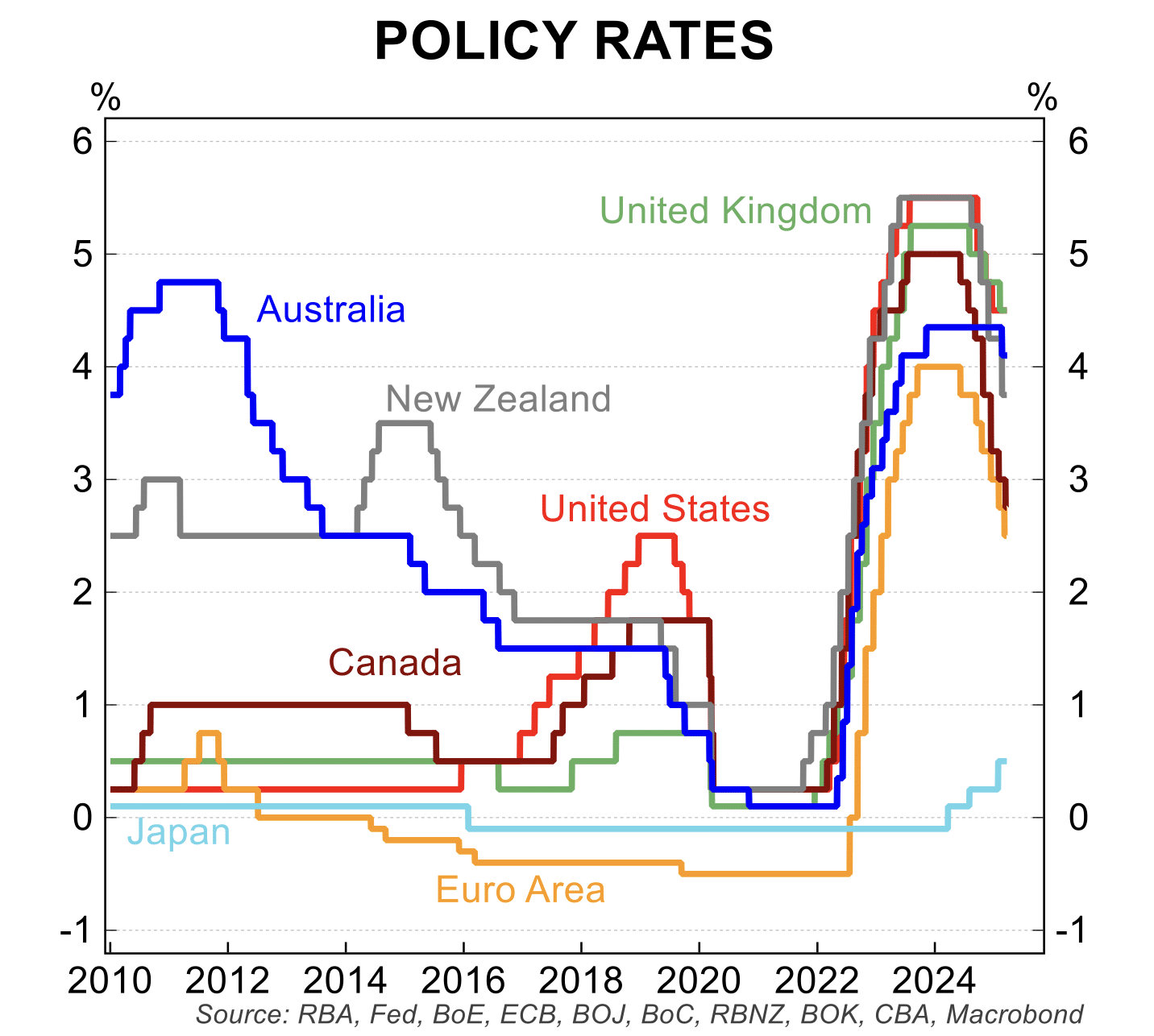The tax year starting 1 July 2025 is expected to usher in new rules for individuals with superannuation balances over $3 million. In this context, could it be worth rethinking how to structure high net worth super portfolios?
Source: selfmanagedsuper
Author: Steven Levy, Zagga Director, Funding & Treasury
Date: 29 August, 2024
What’s happening?
Under the Better Targeted Superannuation Concessions rules, the federal government will reduce the tax concessions available to individuals whose total super balance exceeds $3 million at the end of the financial year come 1 July 2025.
An individual with a balance over this threshold will be subject to an additional tax of 15 per cent on the earnings on any balance that exceeds this threshold. The change broadly brings the headline tax rate on the portion of earnings above $3 million to 30 per cent.
The implications
One potential effect of this measure is that earnings on investments may be less lucrative than before, once tax is considered. Investors relying on capital gains from equity investments may find they are reduced after factoring in the additional immediate tax burden on unrealised future, and potentially momentary, gains. To achieve optimum results in terms of earnings, growth and tax liabilities, it may be useful to consider adding asset classes beyond equities, including alternative investments such as private credit.
Why private credit?
Private credit is an increasingly popular asset class owing to its potential to deliver predictable income combined with security in the form of registered mortgages over real estate assets.
Commercial real estate debt investment manager and non-bank lender Zagga provides loans to commercial real estate market participants for purposes such as acquiring properties, building new housing or holding recently completed stock.
Private credit can avoid the volatility often seen in public markets for products such as bonds, which are extremely sensitive to interest rate movements and sentiment, instead providing a predictable income stream based on the loan’s interest rate and duration.
In an SMSF portfolio, this combination of predictable income, asset security and predictable yield means private credit can play a useful role in meeting income needs. And with the government’s new super rules likely on the way, it may be timely to talk to a financial adviser about how to diversify income sources while bearing in mind the tax implications of different investments classes.




